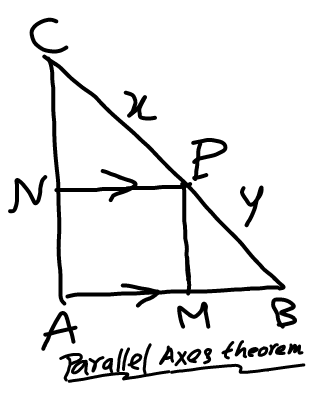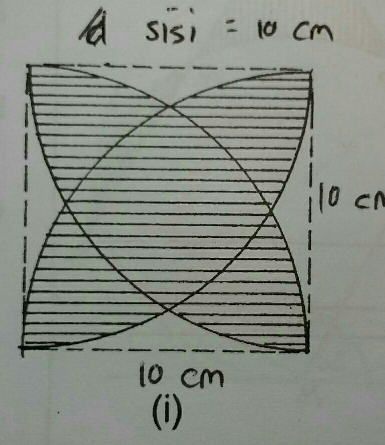
AllQuestion and Answers: Page 1867
Question Number 23294 Answers: 1 Comments: 2

Question Number 23290 Answers: 0 Comments: 1

Question Number 23288 Answers: 1 Comments: 3
Question Number 23285 Answers: 0 Comments: 0
Question Number 23283 Answers: 1 Comments: 0
Question Number 23274 Answers: 0 Comments: 2
Question Number 23272 Answers: 1 Comments: 1

Question Number 23270 Answers: 1 Comments: 0
Question Number 23269 Answers: 1 Comments: 0
Question Number 23262 Answers: 0 Comments: 2

Question Number 23251 Answers: 0 Comments: 1

Question Number 23250 Answers: 0 Comments: 0
Question Number 23243 Answers: 0 Comments: 2
Question Number 23237 Answers: 0 Comments: 6

Question Number 23231 Answers: 1 Comments: 0
Question Number 23226 Answers: 1 Comments: 4

Question Number 23224 Answers: 0 Comments: 4
Question Number 23223 Answers: 1 Comments: 0

Question Number 23253 Answers: 1 Comments: 8

Question Number 23190 Answers: 1 Comments: 1
Question Number 23208 Answers: 1 Comments: 0
Question Number 23205 Answers: 0 Comments: 0
Question Number 23187 Answers: 0 Comments: 0
Question Number 23181 Answers: 0 Comments: 2
Question Number 23179 Answers: 2 Comments: 1

Question Number 23212 Answers: 1 Comments: 1

Pg 1862 Pg 1863 Pg 1864 Pg 1865 Pg 1866 Pg 1867 Pg 1868 Pg 1869 Pg 1870 Pg 1871
